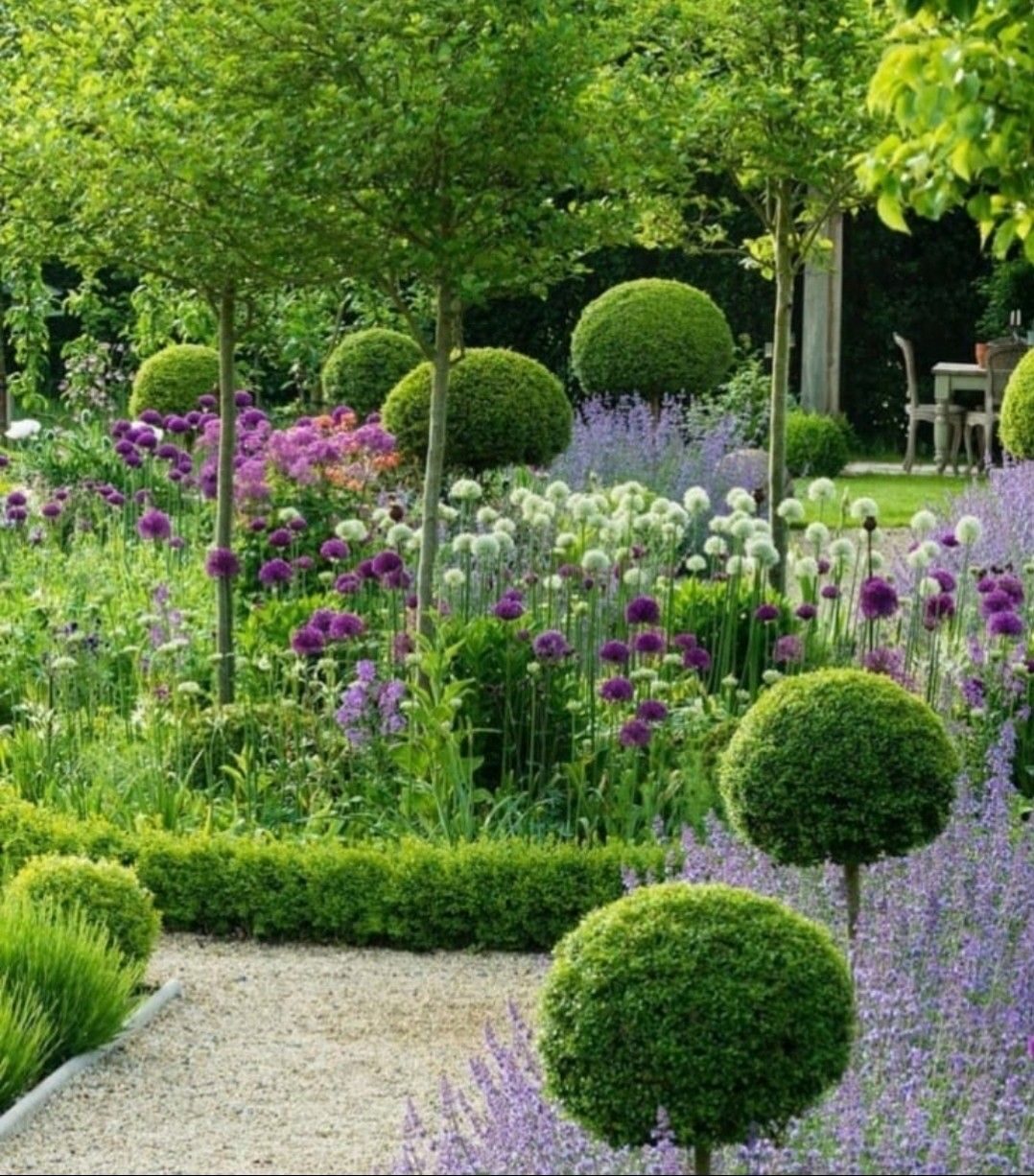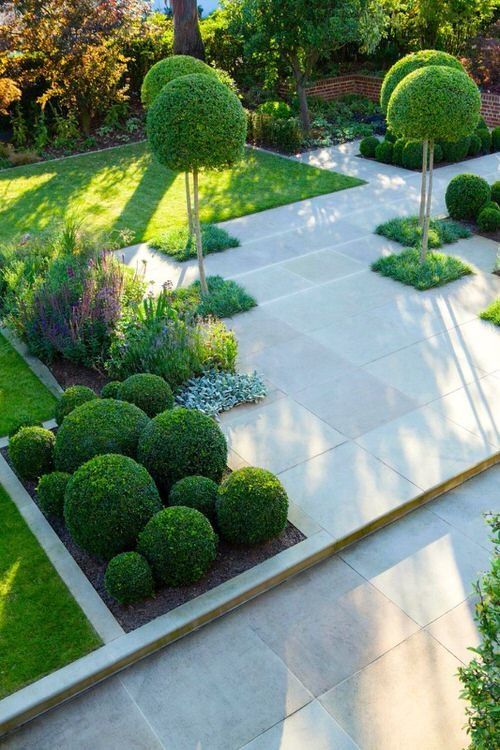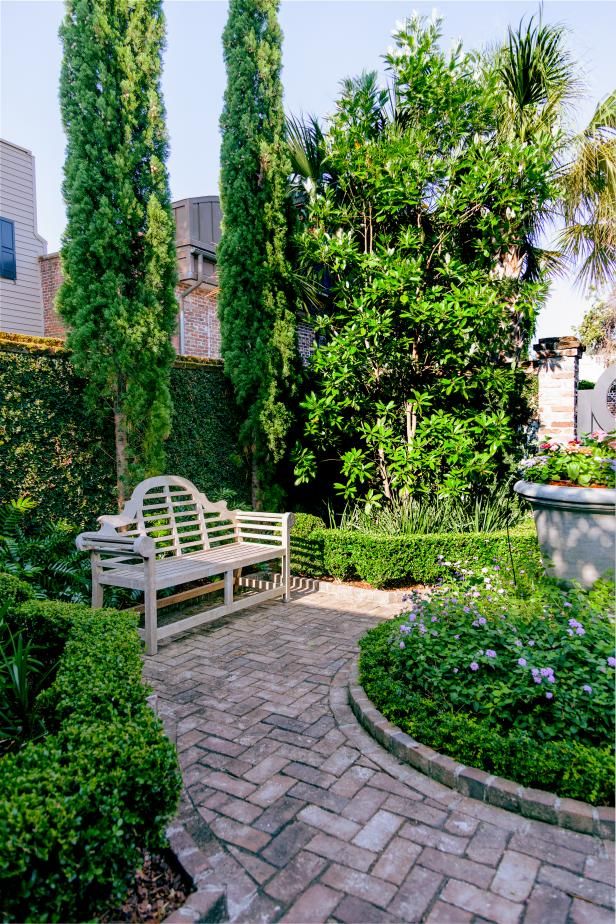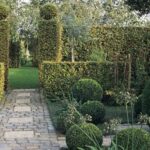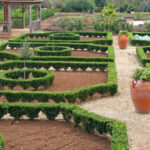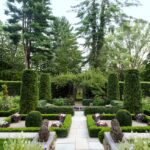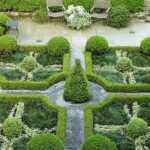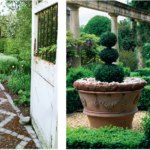Formal garden design is a style of landscaping that typically features geometric shapes, symmetrical layouts, and meticulously maintained hedges and flower beds. This type of garden design has its roots in the ornate gardens of ancient civilizations such as the Romans and the Persians. Formal gardens are known for their elegance and precision, creating a sense of order and balance that can be quite stunning to behold.
One of the key features of formal garden design is the use of geometric shapes such as squares, rectangles, circles, and triangles. These shapes are often repeated throughout the garden to create a sense of harmony and unity. Paths and walkways are carefully laid out to lead visitors through the garden in a deliberate and organized manner. The use of symmetry is also crucial in formal garden design, with plants, trees, and other elements being carefully balanced on either side of a central axis.
Another hallmark of formal garden design is the use of well-defined borders and boundaries. Hedges are often used to create distinct areas within the garden, serving as natural walls that help to define different spaces. Flower beds are meticulously planted and maintained, often featuring a single type of flower or plant in each bed to create a sense of uniformity and order. Boxwood, yew, and privet are popular choices for hedging in formal gardens, as they can be pruned into precise shapes and sizes.
The layout of a formal garden is typically quite structured and symmetrical, with elements such as fountains, statues, and ornamental features placed in strategic locations to create focal points and visual interest. Water features such as ponds, fountains, and reflecting pools are commonly found in formal gardens, adding a sense of tranquility and elegance to the space. Paths and walkways are often lined with neatly trimmed hedges or flower beds, creating a sense of formality and sophistication.
Formal gardens are often designed to be viewed from a distance, with carefully planned vistas and sightlines that create a sense of depth and perspective. The use of perspective and scale is important in formal garden design, with elements such as allees, parterres, and hedges being used to create the illusion of space and distance. The overall effect is one of grandeur and elegance, with a sense of order and control that is both impressive and awe-inspiring.
In conclusion, formal garden design is a style of landscaping that emphasizes symmetry, geometry, and meticulous attention to detail. These gardens are known for their elegance and precision, creating a sense of order and balance that is both visually appealing and intellectually stimulating. Formal gardens are a reflection of the artistry and craftsmanship of their designers, and they continue to be a popular choice for those who appreciate the beauty of a well-organized and carefully planned outdoor space.
 yishifashion Where Outdoor Dreams Become Reality
yishifashion Where Outdoor Dreams Become Reality
